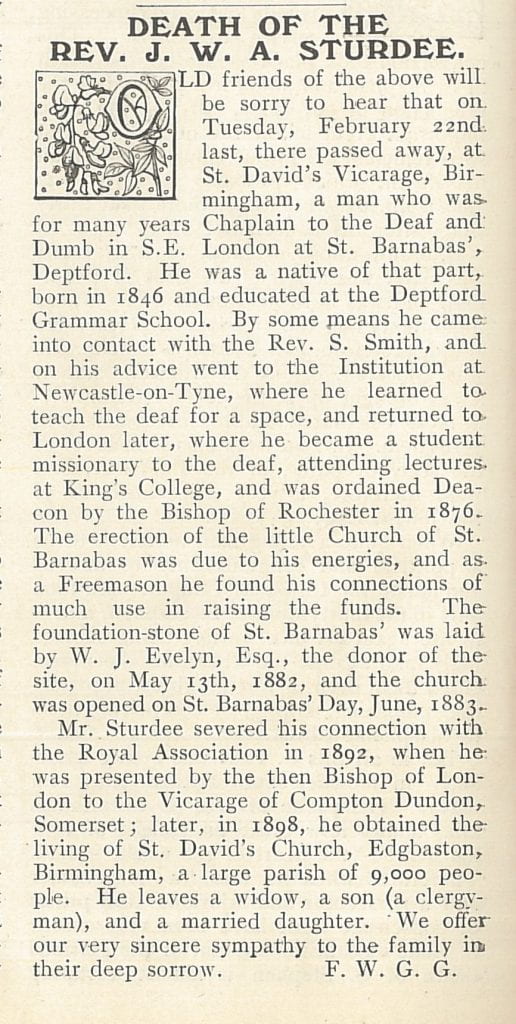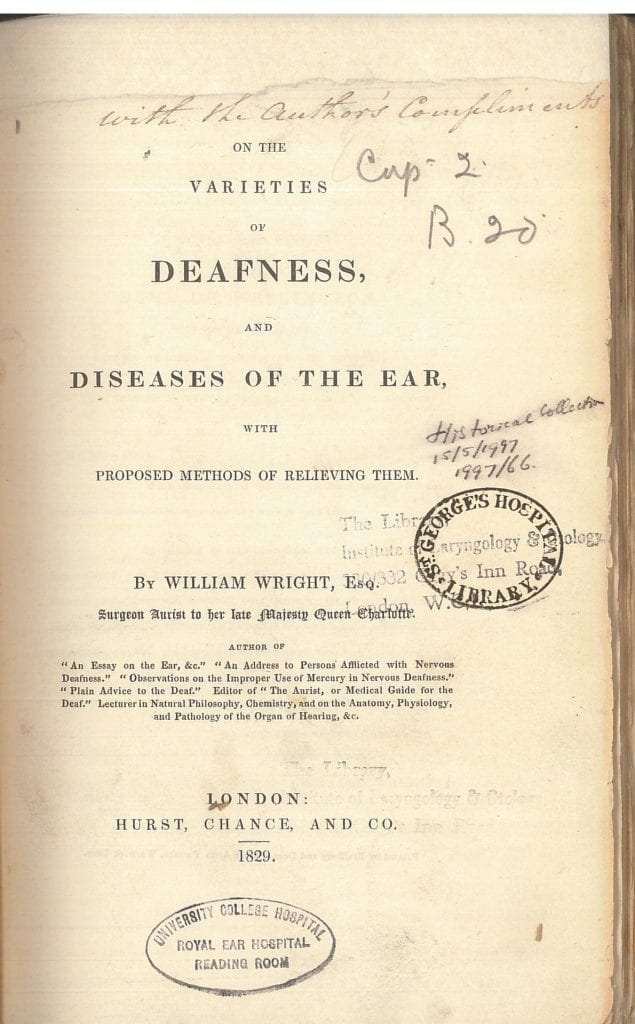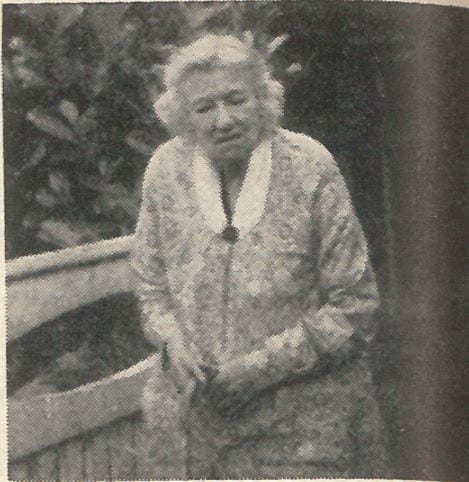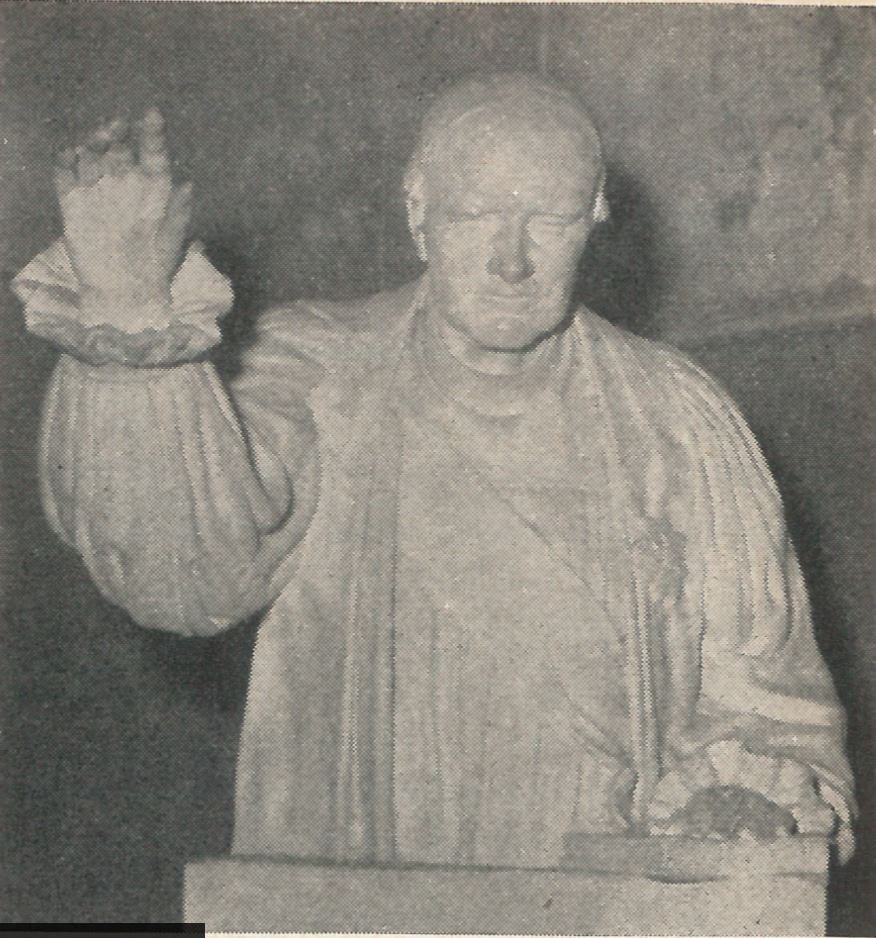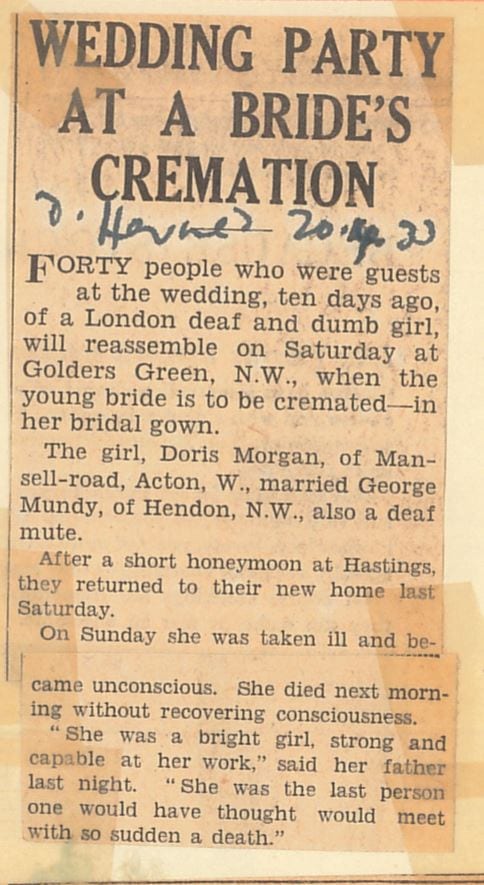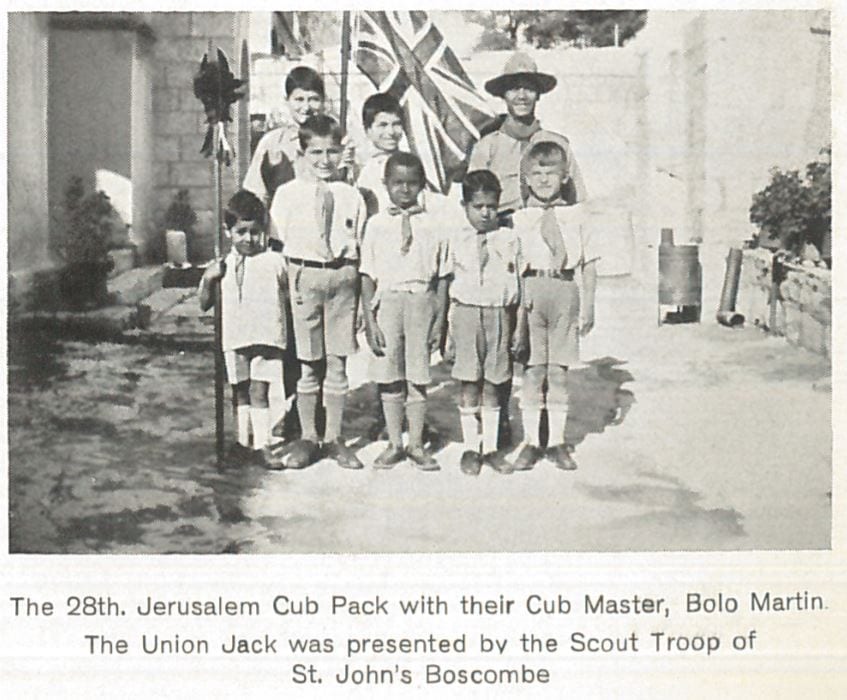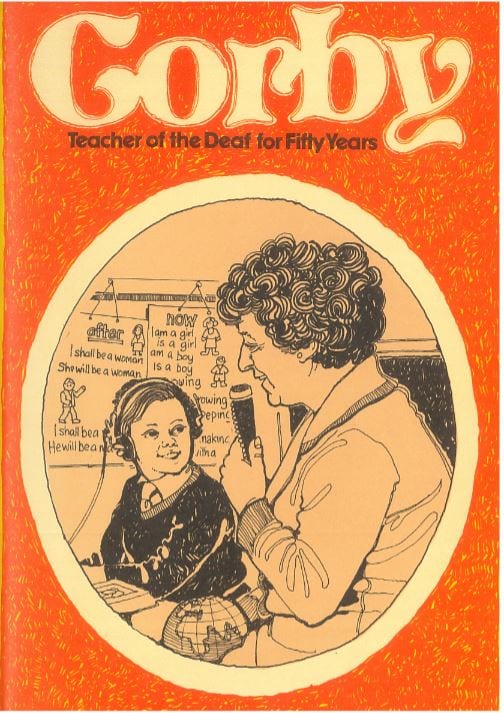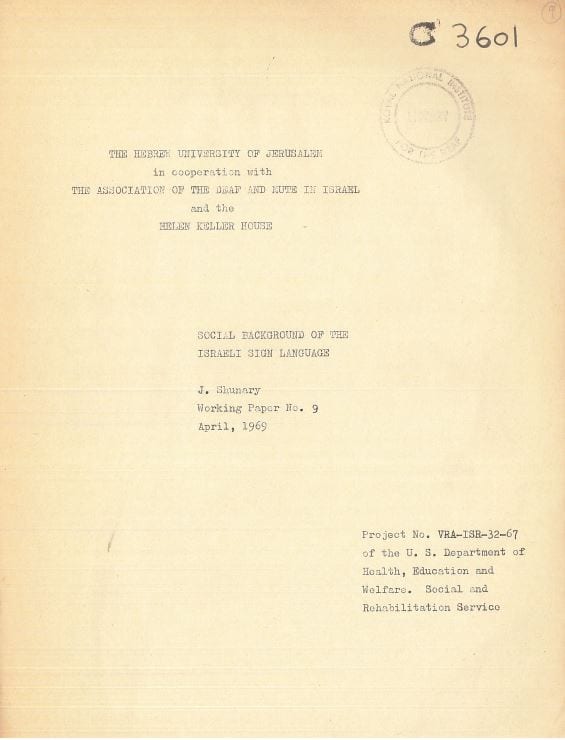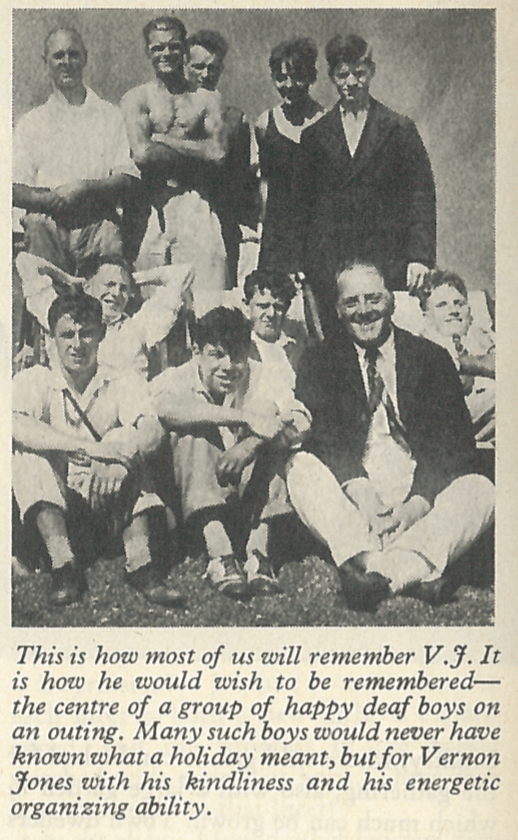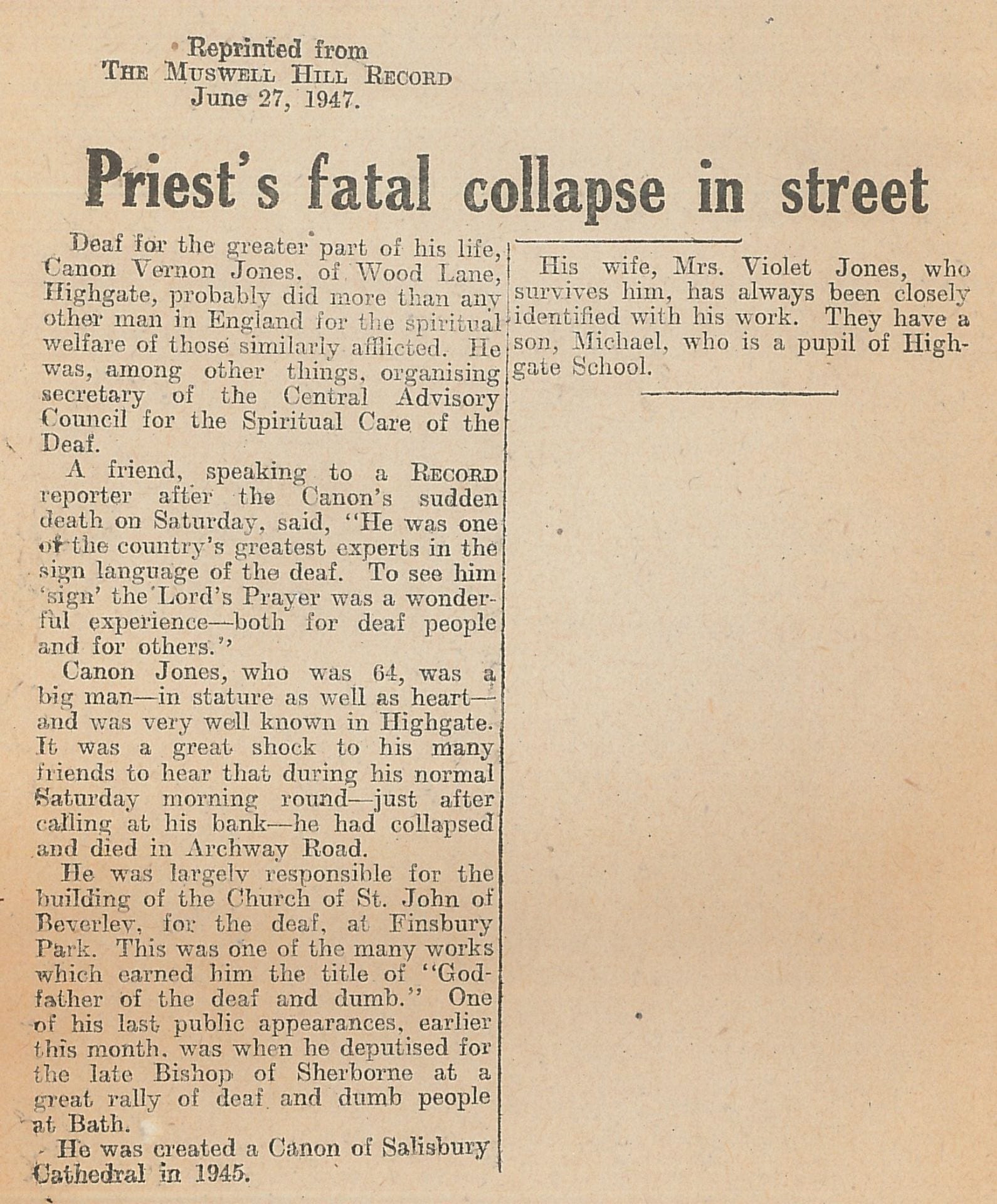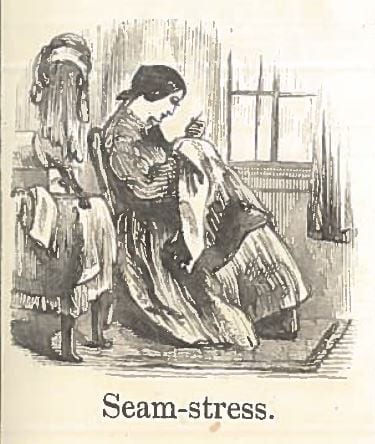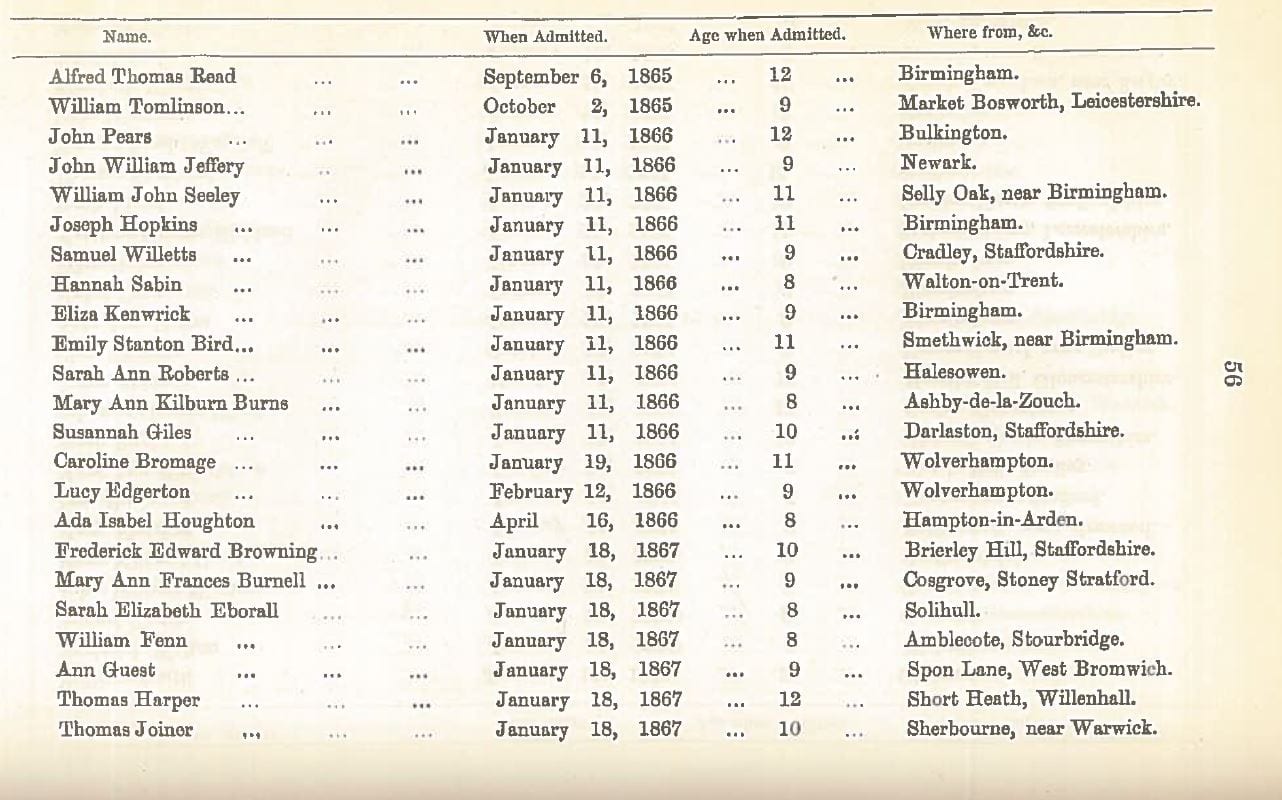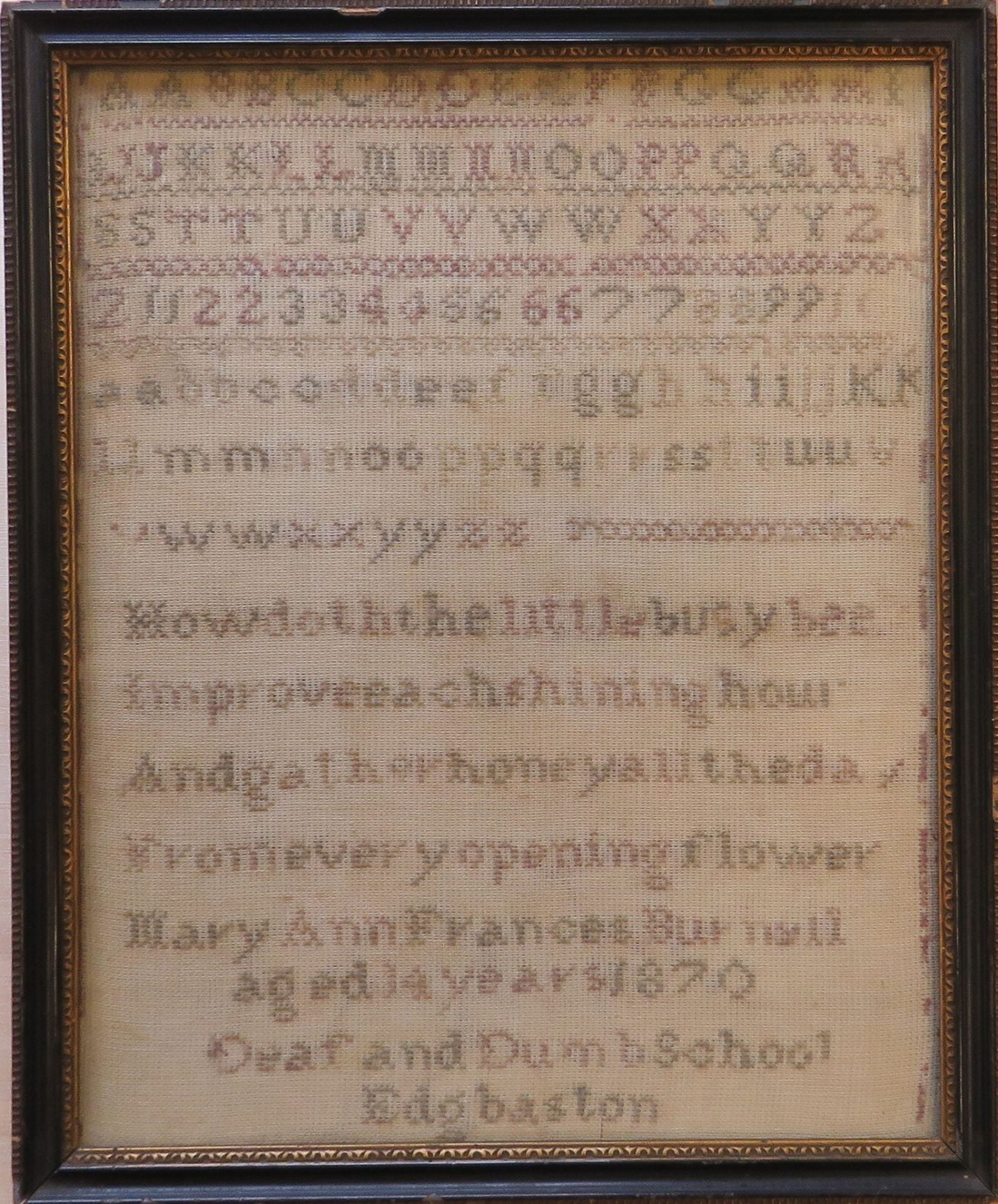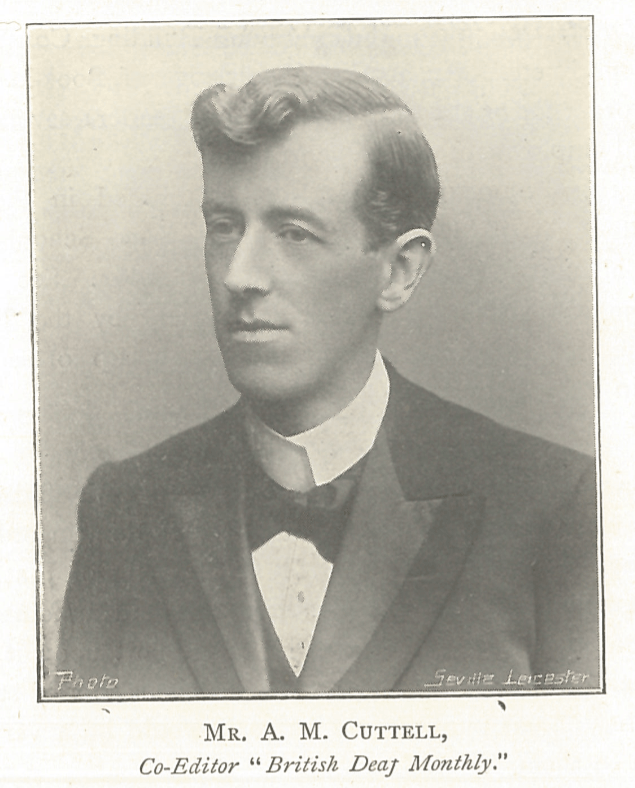James William Arthur Sturdee, R.A.D.D. Chaplain to the Deaf, Deptford – “As an interpreter he was valuable”
By H Dominic W Stiles, on 10 May 2019
Born in Deptford, Kent, in 1846, and son of James Sturdee, a tailor, and his wife Maria, James William Arthur Sturdee (1846-1910) was educated at Dartford Grammar School (which Gilby has, probably erroneously, as Deptford Grammar School). “By some means he came into contact with the Rev. S. Smith, and on his advice went to the Institution at Newcastle-on-Tyne, where he learned to teach the deaf for a space, and returned to London later, where he became a student missionary to the deaf, attending lectures at King’s College, and was ordained Deacon by the Bishop of Rochester in 1876.” (Gilby, 1910)
 In 1875, the Kentish Mercury for Saturday 5th of June, 1875, relates a Royal Association in Aid of the Deaf and Dumb meeting, in which a lecture was interpreted by Sturdee. The lecture was by Mr. T. Brain on “The Manners and Customs of the East.”
In 1875, the Kentish Mercury for Saturday 5th of June, 1875, relates a Royal Association in Aid of the Deaf and Dumb meeting, in which a lecture was interpreted by Sturdee. The lecture was by Mr. T. Brain on “The Manners and Customs of the East.”
Mr. STURDEE said after such an admirable lecture, it was not necessary for him to say much to them, but he was in duty bound to thank the assembly for the interest they were taking in his work amongst the poor afflicted people in their midst. Had it not been for the sign language, many present would have gone any perfectly ignorant of the nature of the lecture, but now they were perfectly acquainted with all that had been said by the lecturer, and in consequence would be able to read their Bibles with greater attention (applause). There were over 50 deaf and dumb persons in that neighbourhood, and he was afraid when be went to Woolwich and other places he would find many more who had not been brought under the influence of the Association.
It seems however, that the congregation found Sturdee unsatisfactory because he was, at least early on, rather poor at signing. He was then at some point dismissed by the Royal Association in Aid of the Deaf and Dumb, then later re-employed. Gilby does not say that, and gives Sturdee some credit at least in the Ephphatha obituary:
The erection of the little Church of St. Barnabas was due to his energies, and as a Freemason he found his connections of-much use in raising the funds. The foundation-stone of St. Bamabas’ was laid by W. J. Evelyn, Esq., the donor of the site, on May 13th, 1882 and the church was opened on St. Barnabas’ Day, June, 1883
Gilby only mentions the Rev. Sturdee four times in his incomplete memoir, and then only in passing. He says in 1888,
I left London on April 30th for my third and last term at Durham, breaking the journey this time at Birmingham in order to see the Edgbaston Institution for deaf children. Mr. Edward Townsend, the Head Master, was already known to me. Our friendship was to last many years. I lunched with Canon Owen Vicar of St. George’s, Edgbaston. (He is now Dean of Ripon). Very soon after this he became Chairman of our Committee in London. He told me he was doing all he could to get me licensed to St. Saviour’s the following Christmas. I was surprised, knowing there was another Chaplain, the Rev. J.W.A. Sturdee, of Deptford, much older than myself. (p.80)
In 1892 Sturdee was offered the living of Compton Dundon, in Somerset. The Silent World, says he left London for health reasons, but perhaps he felt he had been passed over. Later, in 1898, he moved on to the large parish of St. David’s Church, Edgbaston, Birmingham. He died in Edgbaston in February 1910.
The Silent World says, “As an interpreter he was valuable, and was always a welcome preacher at the Birmingham Adult Deaf Mission Hall.”
John Lyons of Bristol University kindly sent me the following, which I reproduce in full. Many thanks to him.
Sturdee is a very interesting, if rather peripheral, figure. He tried to become Chaplain at St Saviour’s in 1888 as Charles Rhind’s replacement. He was asked to demonstrate his signing ability in front of around 50 deaf people—“a good proportion from Deptford”, where he was chaplain—along with another candidate, a Mr Hill.
Sturdee’s signing abilities had long been questioned, had led to him being let go by the Association after the appointment of William Stainer in the early 1870s, before returning, first as a shared missionary between East End and South East and then as full-time missionary for the Greenwich and Deptford Auxiliary. So even though this was taking place after some dozen or so years working in South East London, Sturdee still had to prove his skills.
A special Trustees meeting on Feb 14th 1888 received a report drawn up by Mr Bather, Mr Davidson, Mr Bright Lucas, and Mr Salmond about the event which had taken place that afternoon. The materials selected were the general confession, the collect for Ash Wednesday and the Gospel for that day. Sturdee went first.
“He spelled through the General Confession. He says it has been his practice always to do so because he expects the congregation to join in it. The other prayer and the gospel he signed, and he then gave a short address or sermon. His spelling is distinct enough but there is no fluency in it – every word and letter is spelt alike without variation of tone or emphasis. He succeeded best in his address.”
Hill followed but struggled to convince the audience he had the relevant skills.
When audience comments were solicited, “several said Mr Sturdee was a good hard working man but no one distinctly stood up for his signs or spelling.”
It was proposed at the event that a temporary appointment be made or that the Association wait for Gilby. If pushed, the sub-committee recommendation would be for Sturdee. But instead Stainer was appointed as a temporary chaplain under the direction of the local parish vicar, J W. Ayre. Sturdee, pushed out by Stainer and later by Gilby and with his skills still deemed inadequate, eventually moved into a hearing ministry in Somerset.
His brother was a professional photographer, who worked for the Daily Mirror in his later career.
Kentish Mercury for Saturday 5th of June, 1875
Gilby, F.W.G., Death of J.W.A. Sturdee, Ephphatha, 1910, p. 78
The Late Rev. J.W.A. Sturdee, The Silent World, 1910, vol. 2, p.32
Thanks to Norma McGilp @DeafHeritageUK, and Sarah Crofts, for additional information.
 Close
Close


